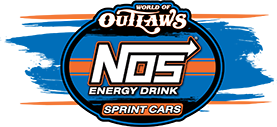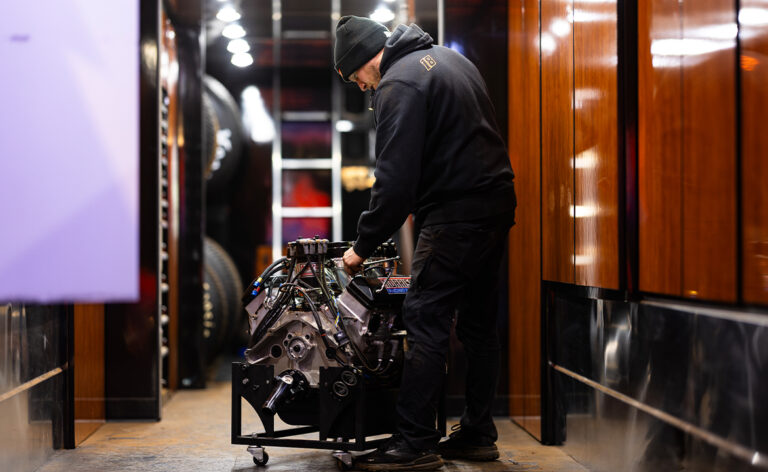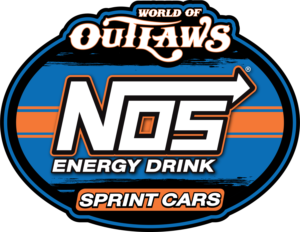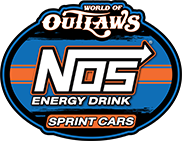The heartbeat of World of Outlaws NOS Energy Drink Sprint Car racing is a 410 cubic inch beast of an engine.
They’re the powerplants that give fans goosebumps when they fire. They produce nearly 900 horsepower. They roar at dirt tracks throughout the country. And the best ones can propel teams to the top of the sport.
Last year, Brian Morrison’s engines reached the pinnacle of Sprint Car racing when David Gravel and Big Game Motorsports had Morrison power under the hood on their way to a World of Outlaws championship.
Giovanni Scelzi and KCP Racing also compete with Morrison Racing Engines. They helped “Hot Sauce” to a record-tying Kevin Gobrecht Rookie of the Year campaign in 2023. Adam Clark has been the crew chief of the No. 18 team over the past several years, meaning he works closely with the engines and Brian.
Clark sat down to answer some questions and get us better acquainted with 410 Sprint Car engines and how they operate.
Q: In the simplest way you can, describe a 410 Sprint Car engine.
A: I’ll describe ours, which is based off a small block Chevy. We run 410 as the cubic inch limit. We have aluminum block and aluminum heads. A mechanical fuel injection that injects fuel straight into the cylinder. We run on methanol, which is higher octane fuel and kind of allows for a higher compression ratio with the fuel mixture, and it burns a little cooler, kind of easier on these higher power engines. It keeps the heat down a little bit, so you don’t destroy an engine every night. They’re naturally aspirated, which means it doesn’t have a supercharger or turbocharger on it. It draws air in through atmospheric pressure and cylinder pressure.
Q: What goes into the day-to-day maintenance of the engine?
A: After we run it a night, we take the fuel nozzles out and clean them. We take the spark plugs out and inspect them. We have a turnover tool that we can put right on the axle, put it in gear, and we can turn the engine over. That allows us to check the intake and exhaust valves. Also, we will check the rating of the valve springs, make sure they haven’t either broken or gone soft. We can check the roller bearings, the end of the rocker arms and make sure they haven’t seized up. We usually look in there and check the oil filter, make sure there’s no pieces of metal that look unusual. Not every night but every couple nights, or even when the engine is getting kind of older in its cycle, you can do a leak down test, pretty much how sealed up that cylinder is in the engine, make sure the rings and pistons aren’t failing in that cylinder.
Q: To build off that, what could be a consequence of missing a step during the maintenance process?
A: The main thing I was told when I was getting brought up in this deal is you want to do maintenance because the engine will tell you a story. It’ll kind of tell you what’s wrong with it. If you get lazy and skip a step in that procedure, then you could miss something small like a valve spring, and you could have one break and have a valve shoot through the piston. Little things can add up to big things if you’re not careful. You really pay attention while you’re going through it, not just go through the motions.
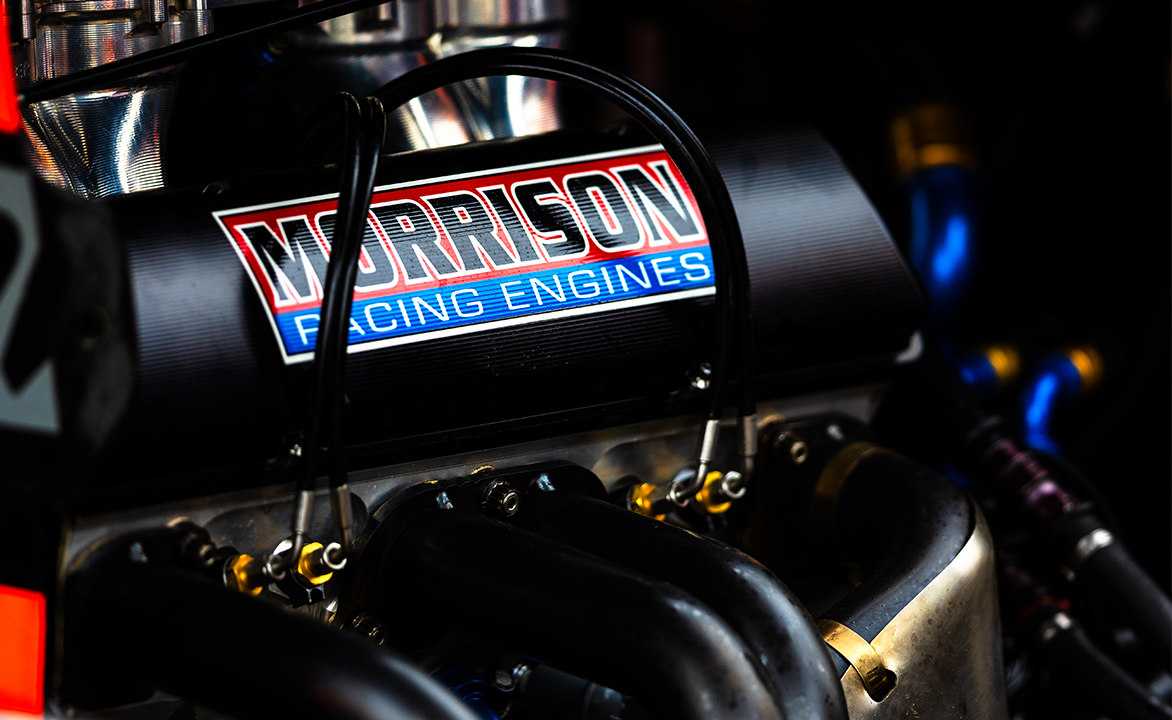
Q: What different factors go into how you tune an engine during a race night?
A: We use a little weather station computer, and it reads the air. We’re looking for the density altitude, and that’s relative to sea level. The better the air the more dense the air particles are going to be. More oxygen in the air is going to result in more power and better explosion in the combustion chamber. So, obviously that’s going to require more fuel. And then the opposite for when the air is getting worse, getting hot and getting really humid. Humidity kind of displaces the air, and then you’re going to be using less fuel. That’s all based off of the engine builder will dyno an engine and kind of come up with a fuel setup. We have a low speed, a main bypass, a high speed, sometimes even a stumble valve for those real low RPM takeoffs. All those work in conjunction with each other. And all that is set up with your engine builder, and that’s all kind of based off of density altitude.
Some people use ADR. Some people use standard correlation, but we use density altitude. With Morrison we don’t necessarily have a fuel sheet. A lot of engine builders will send out like a generic fuel sheet that says, ‘Zero to a thousand feet, do this. If the air is worse than to two thousand feet, you do this.’ I know a lot of the time I’ll simply talk with Morrison at the beginning of the night and tell him what the air is. We can look on a website, and it looks up predictions on what the air is going to be as the night goes on. So, we can tell him, ‘The air is this now. It’s supposed to be this by 10, close to Feature time.’ We can see how much its changing and kind of come up with a gameplan. We’re going to start at this, and as the night goes on and the air gets better, we’re going to change to this setting.
Q: How often do you consult with Brian and what questions do you ask him?
A: I would say, for the most part, I generally text him in the early afternoon. I’ll start looking at the air. If it’s a place we’ve been before and the air is similar to something we just ran a couple months ago, I’ll look at the notes from where we were at with main pill, the pill in the high speed, and the pressure. So, if it’s pretty similar to a setting that we just raced recently, I don’t necessarily need to talk to him. If it’s different, a different track and conditions, I’ll talk to him once or twice a night. I’ll text him and say, ‘Hey this is the density altitude. This is the engine I’m running.’ Then, he’ll come back with the fuel setting to run. He may say ‘If it’s real slick, stay here. If the track is really gripped up, go ahead and move down to this setting as the air changes.’
Q: How many races do you typically get from an engine?
A: We usually try to go by laps depending on what tracks we ran at. Like if we ran an engine for 10 nights at Knoxville, well Knoxville is pretty hard on the engine, so we’re only going to go 500 to 550 laps. For motors for small tracks, it’s not quite as harsh on them, and we can run them up to 600 or even maybe a little more laps. That usually equals 10 to 12 nights.
Q: What is the difference in the cubic inches for Sprint Car engines?
A: That one is more of a question for an engine builder, but I’ll try my best at it. Basically, the 410 cubic inch is, I would say, the volume of air that the engine can draw in during one complete engine cycle. And obviously, the higher that volume the more power. So, as you scale back to 360 and 305 the volume of air going through is getting smaller, resulting in less power.
The 2025 World of Outlaws season for Scelzi, Clark, and the KCP crew continues this weekend at I-55 Federated Auto Parts Raceway Park in Pevely, MO for the Federated Auto Parts Spring Classic. For tickets, CLICK HERE.
For the complete 2025 schedule, CLICK HERE.
If you can’t make it to the track, catch every lap live on DIRTVision.
